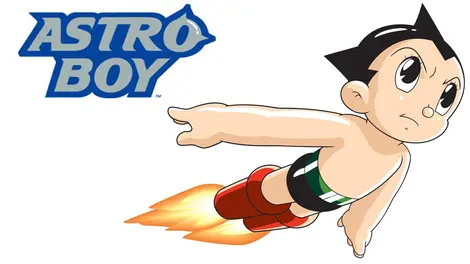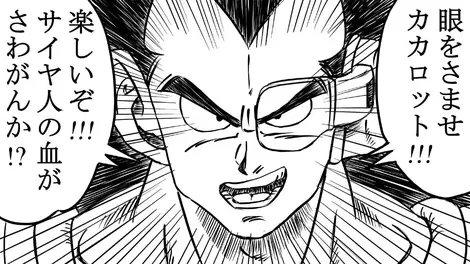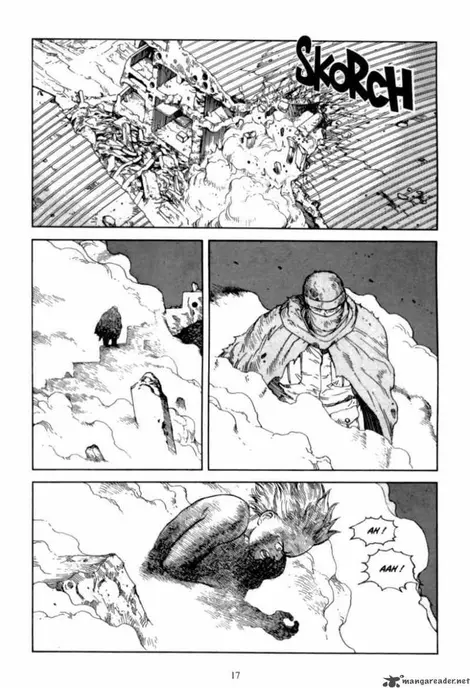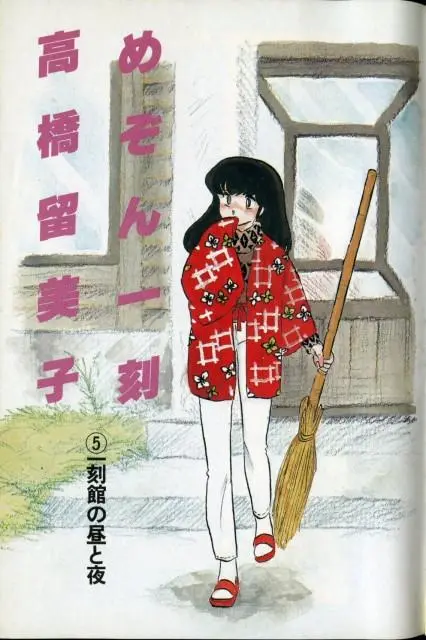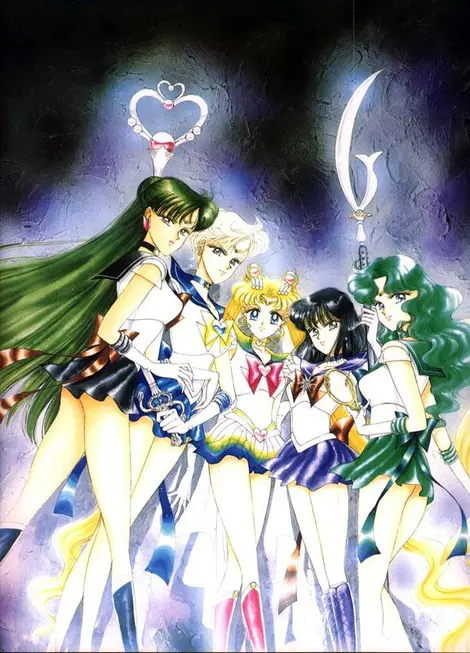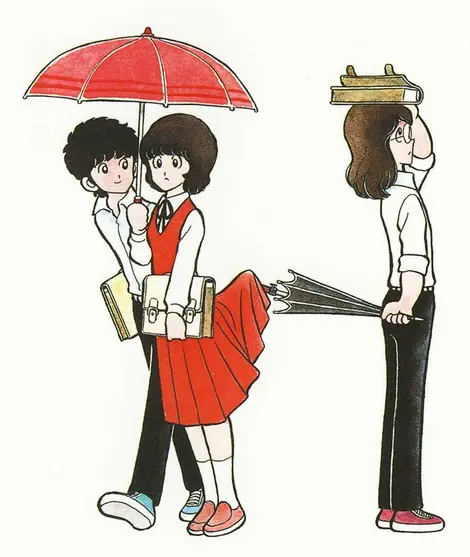Manga 漫画
- Published on : 23/10/2019
- by : C.W.
- Youtube
ALL ABOUT JAPANESE COMICS
Originating from Japan, manga is an umbrella term for comics and graphic novels, and there many different types to discover from romance to fantasy. Manga first appeared in Japan during the 19th century. Let find out more about manga.
An Introduction to Manga
In Akihabara, the electronic and manga neighborhood in Tokyo, young and old alike roam the alleys and streets with stores full of figurines and used books. Naruto, Luffy, Ichigo, Natsu and other fictional characters resembling icons of a generation take center stage, out the windows of Akihabara to be enthroned on the top of buildings, on a giant screens, in Kyoto at the Kyoto International Manga Museum, and in any European or American library. At first sight, manga is everywhere. On candies, toilet paper rolls, DVDs, video games, stuffed animals and even condoms, manga-drawings have turned into a manga-lifestyle. While almost cliche, the style of drawing and certain characters fill the manga world.
In 1984, the Weekly Shonen Jump magazine created a benchmark for the industry by making hundreds of cheap leaflets, which came out each week and had manga chapters. This time saw the first published pages of Dragon Ball. Soon, this shonen - or manga for boys, different from shojo for girls and adult seinen - saw sales of weekly manga sky rocket in Japan, and was now popular worldwide, created manga volumes, or tankobon. In 1995, when the release of Dragon Ball ended, Japanese manga had flooded the western comic market. Astroboy was also extremely popular, written by the famous Tezuka Osamu (1928-1989), the "godfather of manga" who has his own museum in Takarazuka, near Osaka. Tipping the scales were dozens of heroes who succeed the little robot in the 1950s and then Sangoku of Dragon Ball in the 1980s. Many plots try to continue on the path of Astroboy and Dragon Ball, and dozens of more publications show that all manga is very similar, yet also very diverse.
From Nara to Akihabara: The history of Manga
As American or Franco-Belgian comics do, manga also has its origins, both ancient and modern. Its more distant relative emaki was born in the eighth century in Nara, where "illustrated scrolls" narrated warriors or love stories in religion. In the nineteenth century, the painter Hokusai Katshushika (1760-1849) published several years of Hokusai manga, his book "non-drawings" relates innocuous facts through hundreds of unrelated sketches. Through this, the term "manga" was born, but the story and the plot had yet to wait.
The end of World War II and the seven years that followed in Japan were marked by the American occupation. This was the time when manga started to take the shape it has today. It had innovative design and marketing along with an increase in popularity. Between post-apocalyptic visions, companies in danger, and the trauma of the atomic bomb, like the controversial book Barefoot Gen, this time marked by the country's historical narrative saw artistic manga flourish.
"A manga book that claims completeness would not end" Jean-Marie Bouissou, Manga, History and world of Japanese comics.
Historical manga, sci-fi, post-apocalyptic or comedic... the original forms have developed into genres, now composed of "manga societies" with manga for senior citizens, pornographic manga, and societies for individual authors... easily definable, yet manga has so many different styles. Some manga is praised for its fine lines and graphics; for others, it's the complexity of the plot that appeals, the attachment to the characters that give a special desire to discover and rediscover.
The Evolution of Manga
Standing in the corner of a konbini, 24 hour convenience store, in the subway or on his or her cellphone are the tankobon, volumes and volumes of manga. Are people really reading all that manga? The reader grabs one and travels, decrypting and scrolling through with a sense of unfinished business and occupying themselves on their on journey, chapter after chapter. Manga also addresses contemporary issues. Death Note, a story about a justice loving teenager killing all the criminals in Japan. Or the introspective "manga about manga" in Bakuman. Or the epic One Piece that captured the imagination of a whole generation of kids who reenact the battles of the legendary Luffy at recess... imagine the passion of exploring a new imaginary world every week since 1997. Or the elaborate tales of the passage of time and ambulation in the works by Taniguchi Jiro in Distant Neighborhood or Furari.
In manga, it doesn't matter if the characters are cliché or if the plot is simplistic or even that one chapter is a disappointment compared to the last. Manga as an art has perpetuated, as a medium it can be very telling, and manga as an industry is truly standardized. A mirror of Japan, it moves away from Japan while getting closer at the same time. Japan remains the second largest exporter of cultural goods after the United States thanks to these little paperback books...
Images: TEZUKA Osamu, Astroboy.
TORIYAMA Akira, Dragon Ball.
OTOMO Katsuhiro, Akira.
Rumiko Takahashi, Maison Ikkoku.
Asao Takamori and Tetsuya Chiba, Ashita no Joe.
Naoko Takeuchi, Sailor Moon.
ADACHI Mitsuru, Season's album.







